Synchronicities of a Detective: Black Dahlia, Hollywood, and My Origins
August 24, 2025
Birch Bay, Washington
Synchronicities: A Life Intertwined with Hollywood and History
As a homicide detective, I’ve been trained to separate fact from fiction, evidence from coincidence. Yet over the past six decades of investigation, I’ve found that life has a way of weaving both together.
In exploring my father’s crimes and the Black Dahlia murder, I’ve uncovered not only patterns of method and motive, but also synchronicities — odd, sometimes chilling overlaps between Hollywood, history, and my own origins. These are not evidence in the courtroom sense, but they are signposts that remind me how deeply intertwined the personal and the historical can be.
Over the years of investigating my father and his world, I’ve encountered a number of remarkable synchronicities. These intersections of time, people, and place seem to suggest a strange pattern that wove itself around my life from the very beginning. Here are several of the most striking examples:
1. Body and Soul (1947)
The classic boxing film *Body and Soul* (1947) was released on November 6, 1947—my sixth birthday. Released the same year my father committed the horrific torture/murder of Elizabeth “Black Dahlia” Short. Wardrobe for the film was handled by Marion Herwood Keyes, who, just a few years earlier, had been my father’s secretary at his First Street Clinic in Los Angeles before transitioning into Hollywood costume design. Thus, the film connects directly to both my personal life and my father’s world.
2. Director Tay Garnett and The Valley of Decision
Film director Tay Garnett produced *The Valley of Decision* (1945), which was showing on Hollywood Boulevard on VJ Day (August 15, 1945) when someone’s home video footage captured what many believe, including myself, to be Elizabeth Short riding in a car with other young women. Nearly two decades later, I married actress, Amilda Kiyoko Tachibana, “Kiyo”, and we bought a home in Laurel Canyon that had originally been built by Tay Garnett himself—8451 Utica Drive. The circle closed in an unexpected way.
3. Marion Herwood Keyes in Valley of Decision
Adding another layer, Marion Herwood Keyes also worked as an associate wardrobe designer on *The Valley of Decision* alongside the legendary Irene. This ties her not only to my father but also to the very film whose theater marquee was captured in the VJ Day footage connected to Elizabeth Short.
4. Director Rowland Brown
In the early 1940s, my mother, Dorothy Huston Hodel, was having an ongoing affair with the film director Rowland Brown. For years, many believed he could have been my biological father until I obtained DNA testing that confirmed George Hodel was my biological father. Still, the synchronicity is striking: Rowland Brown’s birthdate was November 6th—the same as mine.
5. James Joyce and Naming
My mother named me after her favorite literary hero, Stephen Dedalus, from James Joyce’s “Portrait of the Artist as a Young Man” and “Ulysses”. Joyce died in January 1941, the year of my birth, and she chose the spelling ‘Steven’ (with a V) as she found it to be more masculine. Had I been born a girl, she told me she would have named me Stephanie, in Joyce’s honor. The choice reflects her sense of destiny in naming me a seeker of truth.
6. Twin Brother
I was born a twin. My older brother, John Dion Hodel, named after John Huston (a close friend of both my parents and my mother’s former husband), lived only three weeks. We were both born prematurely at three pounds each. Though John only survived three weeks, his presence—and his name—has remained another link tying together the themes of art, literature, and destiny that surrounded my birth.
These intersections—dates, names, films, people—form a strange constellation around my life and investigations. To some, they may appear as mere coincidences. To me, they represent the way biography, crime, and art have been braided together from the beginning, pointing always toward the pursuit of hidden truths.
VJ DAY VIDEO FOOTAGE HOLLYWOOD BLVD.
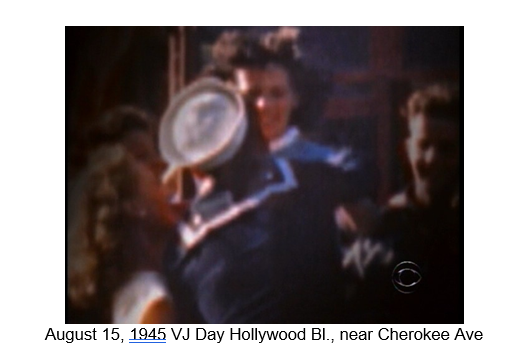
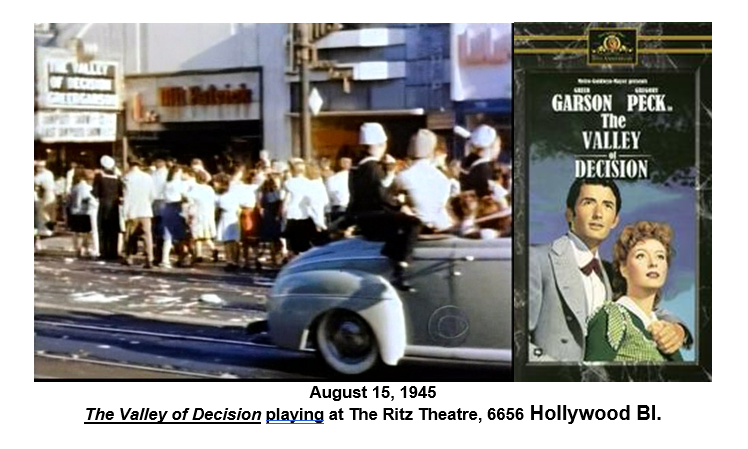
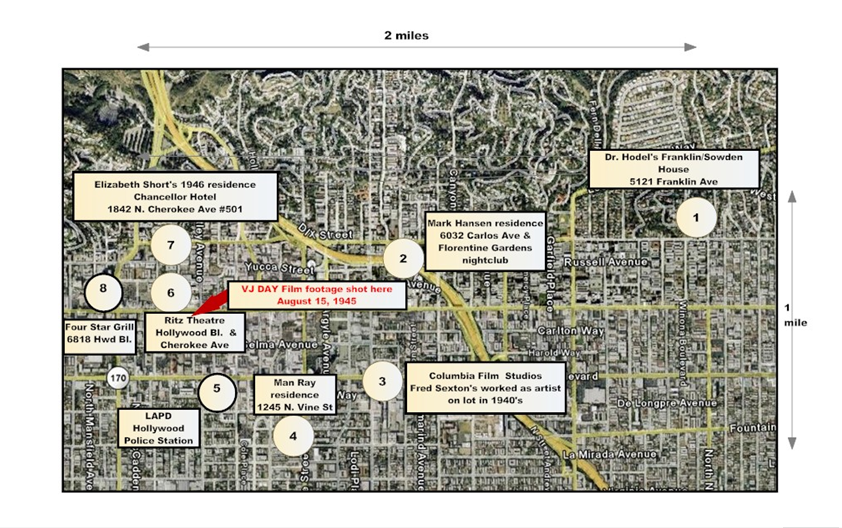
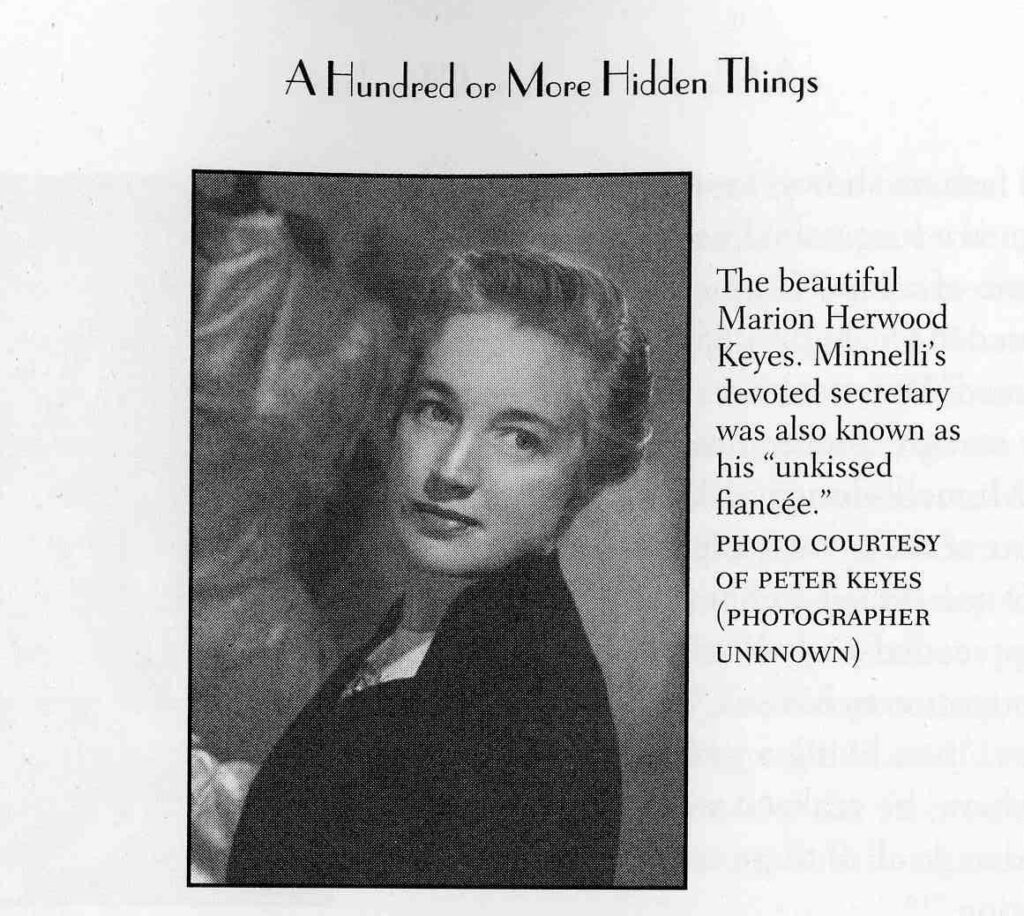
Marion Herwood Keyes, secretary to both Dr. George
Hodel at his First Street Clinic and to film director, Vincente Minnelli in the 1940s.
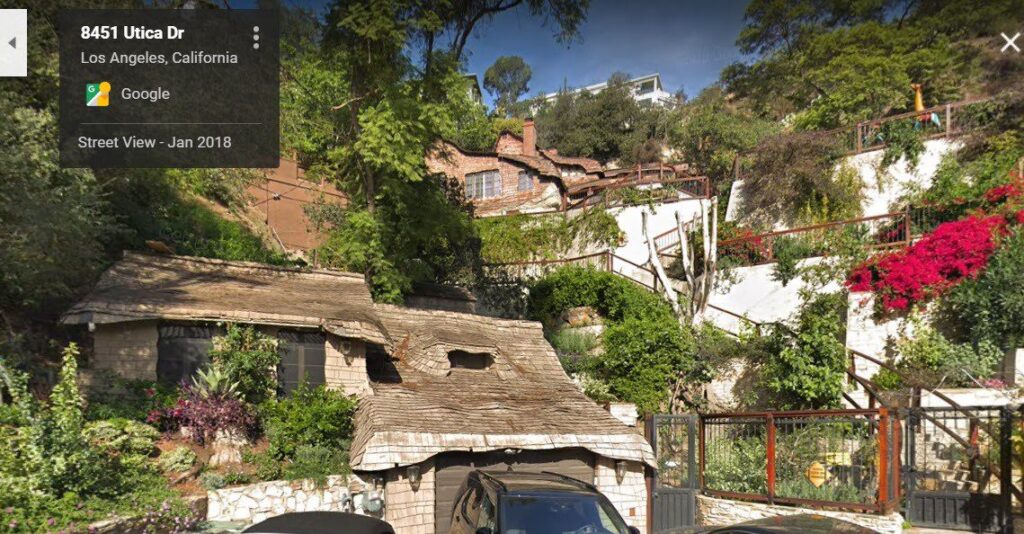
Film Director Tay Garnett built home with 100 steps to main house (top) with guest house below at street level. Steve and Kiyo bought the property in 1963.

Film Director, Rowland Brown (my mother’s lover in the 1930s and 40s) with actor Spencer Tracy.
 John Garfield and Lilli Palmer in Body and Soul (1947)
John Garfield and Lilli Palmer in Body and Soul (1947)
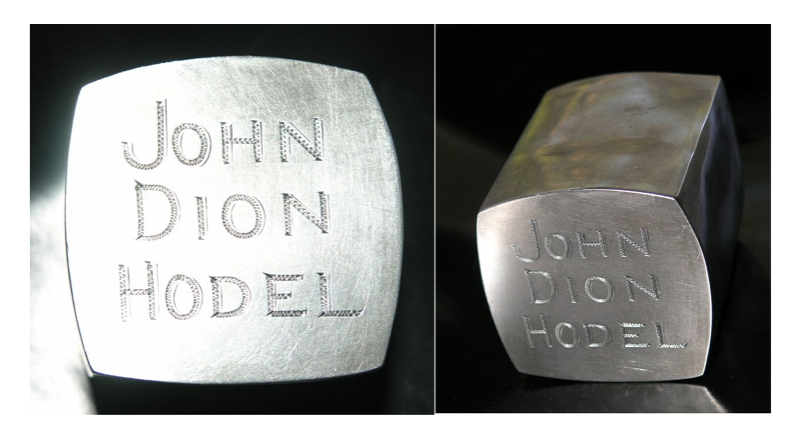
Silver casket containing the ashes of my twin brother, John Dion, gifted to me by my father on a visit with me in the 1980s. Father commissioned a famous Hollywood silversmith, Alan Adler (who later created works for JFK and Winston Churchill), to make the casket in 1941.
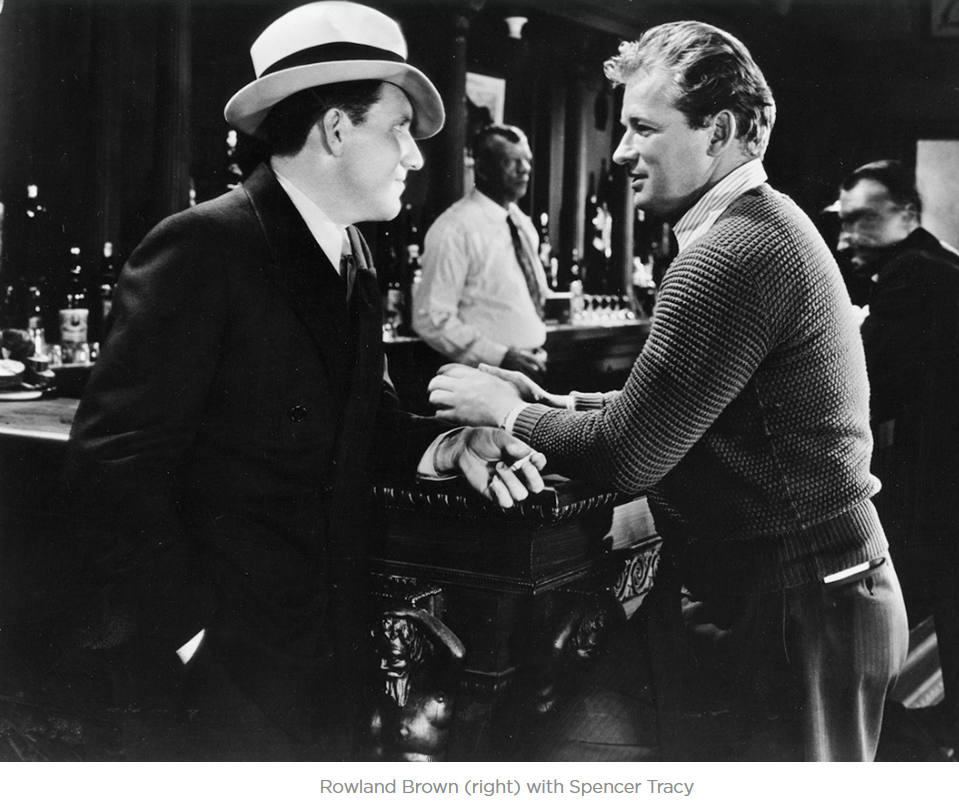
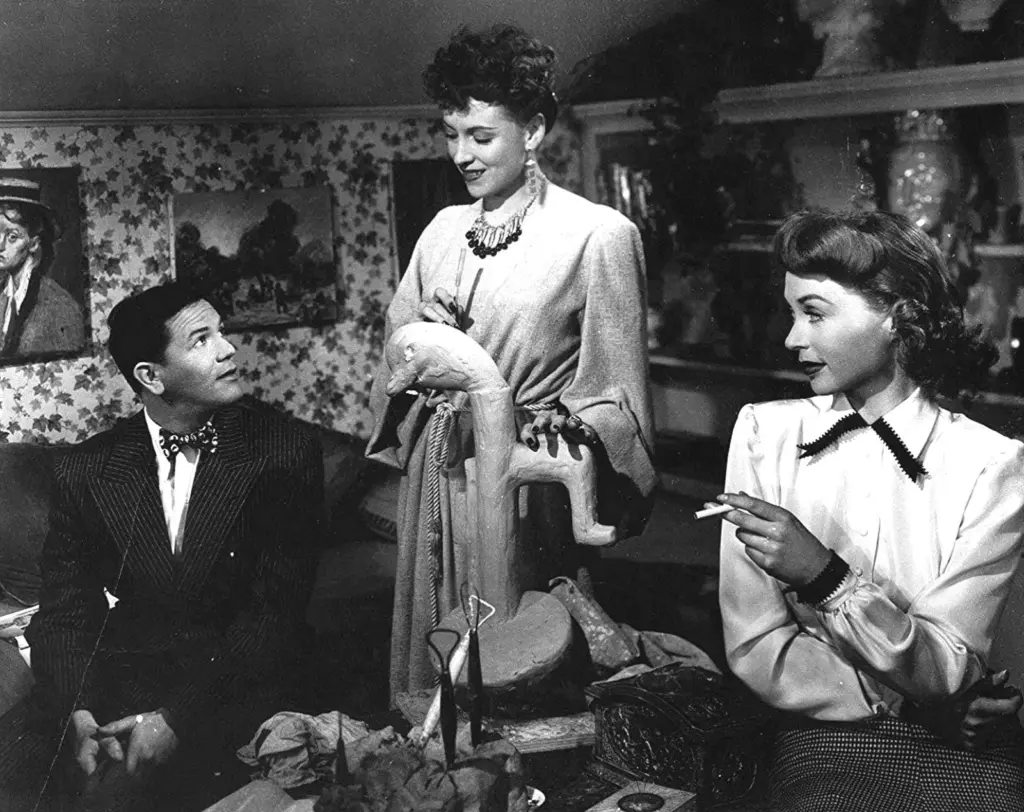 John Garfield and Lilli Palmer in Body and Soul (1947)
John Garfield and Lilli Palmer in Body and Soul (1947)
Steve, I apologize for asking this because it’s not part of this post but please: wasn’t there talk about what looked like a watch in the torso of Elizabeth Short?
I ask this in reference to the animated movie DESTINO being produced by Walt Disney and Salvador Dali at the time of Elizabeth’s murder.
The movie centers around a god/man named Cronos who represents the concept of Time, and a woman who is in love with Cronos named Dahlia.
They try to get together, clock towers appear here and there throughout the movie as they try to connect.
Only a portion of the original movie remains, pieced together from a forgotten vault.
Time as a concept is a big part of occult religions. Along with a lot more hidden wisdom studies…
Steve, was I right? Was what looked like a watch seen in photos or found in her torso at autopsy?
Steven U:
Excellent observations, Steve. So, yes and no to your question.
Apparently, there were two separate watches found at or near the Dahlia crime scene. One found some distance away and a second found by police recruits who canvassed the vacnt lot. Back in 2003 I initially thought the watch found by the recruits may have been placed inside the body cavity, and fell out at the time of removal, but then in follow-up examinations and enlargements of the photos, I eliminated it as being inside the cavity. That said, I still suggested that it be compared to a military watch owned/worn by my dad. Then we discovered that the watch evidence “disappeared” from LAPD evidence locker. So unable to obtain comparison and or potential DNA. Destino could have been an influence for GHH but I am learning the animated Disney film didn’t release until 2003, so probably he would not have been aware, unless Dali back then discussed it with Man Ray, who could have told George? Best, Steve
The Destino project was nearing completion when it was abandoned in 1947. The Destino we see today is a guess at what it would have looked like. It’s not complete. Information and animations were missing when they tried to recover and release Destino.
Steve, this entire posting is truly fascinating. Thank you for sharing all this.